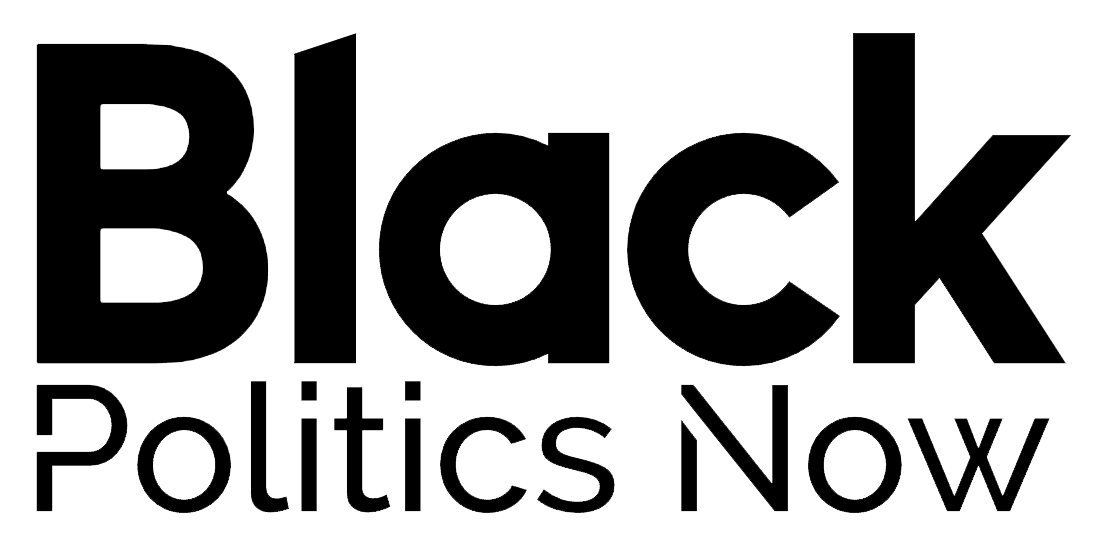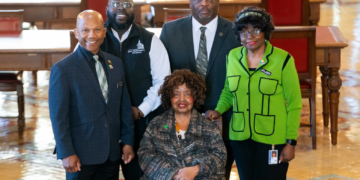Nov 15, 2024 Story by: Editor
In January, the 119th Congress will begin its work following a politically charged election season marked by historic milestones. These include the election of two Black women as U.S. senators, significant shifts in the electorate’s demographics, and the nomination of the first Black and Asian woman to run for president on a major-party ticket.
Amid this changing political landscape, both new and returning members of Congress will face critical issues that impact an increasingly diverse nation. Achieving their policy goals and addressing the needs of their varied constituencies will heavily rely on how effectively congressional staff can represent, understand, and provide solutions to the challenges confronting the country.
However, a report from the Joint Center for Political and Economic Studies in 2023 reveals a troubling gap in diversity among top congressional staff. While non-white individuals make up 41.1 percent of the U.S. population, they hold only 15.8 percent of top staff positions in U.S. Senate personal offices. A similar 2022 report found that people of color represent just 18 percent of top staff in the House of Representatives. This disparity is driving the Joint Center’s congressional hiring campaign, launched to track the racial composition of top staff hires among both newly elected and returning members of Congress.
It is concerning that congressional offices—many of which represent highly diverse constituencies—continue to have minimal representation in the staff that make key decisions on Capitol Hill. While people of color are underrepresented across many fields, the lack of diversity in Congress deserves particular attention. Legislative decisions have widespread implications for all Americans, and congressional staff play a crucial role in shaping the policies that affect the nation.
The insufficient racial diversity among both top and pathway staff (including deputy chiefs of staff, senior advisers, legislative assistants, counsels, press secretaries, and deputy communications directors) is not a partisan issue, but rather a broader challenge for the institution of Congress itself to address.
For example, although Senate Democrats employed more staff of color in 2023 than their Republican counterparts, both parties fall short in their representation. People of color make up 14.0 percent of Republican voters, yet only 7.1 percent of Republican Senate personal office top staff. In contrast, people of color represent 36.0 percent of Democratic voters, but only 24.0 percent of Democratic Senate personal office top staff. African Americans make up 17.0 percent of Democratic registered voters, but only 4.0 percent of Democratic Senate personal office top staff.
I do not suggest that white staff members are incapable of representing diverse communities, nor do I claim that proportional representation is the solution to all issues. However, the considerable influence held by top staff in shaping decisions in the U.S. Senate, combined with the current lack of racial diversity, significantly limits the Senate’s ability to adequately represent all citizens of the United States.
Beyond the need for a more racially representative top staff, the shortage of diversity among junior staff further hampers Congress’s ability to understand the diverse perspectives of its constituents. A recent report by the Joint Center highlights that just 21.4 percent of pathway staff in the Senate are people of color. This lack of diversity not only affects these important roles but also impedes the ability of staff to advance to top positions. Starting a career in a congressional personal office often involves long hours, low pay, and a highly insular culture, which presents unique barriers for staffers of color. These challenges are particularly difficult in high-cost cities like Washington, D.C., and contribute to the glass ceiling faced by staffers of color.
To address these issues, decisive bipartisan action is needed to make congressional offices more representative of the communities they serve. Currently, there is no central repository for disaggregated demographic data on congressional staff, which hinders efforts to understand and address workforce diversity and inclusion. Without accurate demographic data, Congress cannot fully address the challenges and opportunities presented by the need for a more inclusive staff.
Nonpartisan diversity and inclusion offices in the Senate and House could collect and analyze detailed demographic data, identify trends in each office, and help develop diversity plans. These efforts would ensure that congressional offices better reflect the diversity of the nation. It is time for both parties to take meaningful steps to make Congress more diverse and inclusive. This requires commitment from both political parties and nonpartisan offices dedicated to improving the representation of all Americans within the institution of Congress. Source: The Hill

















